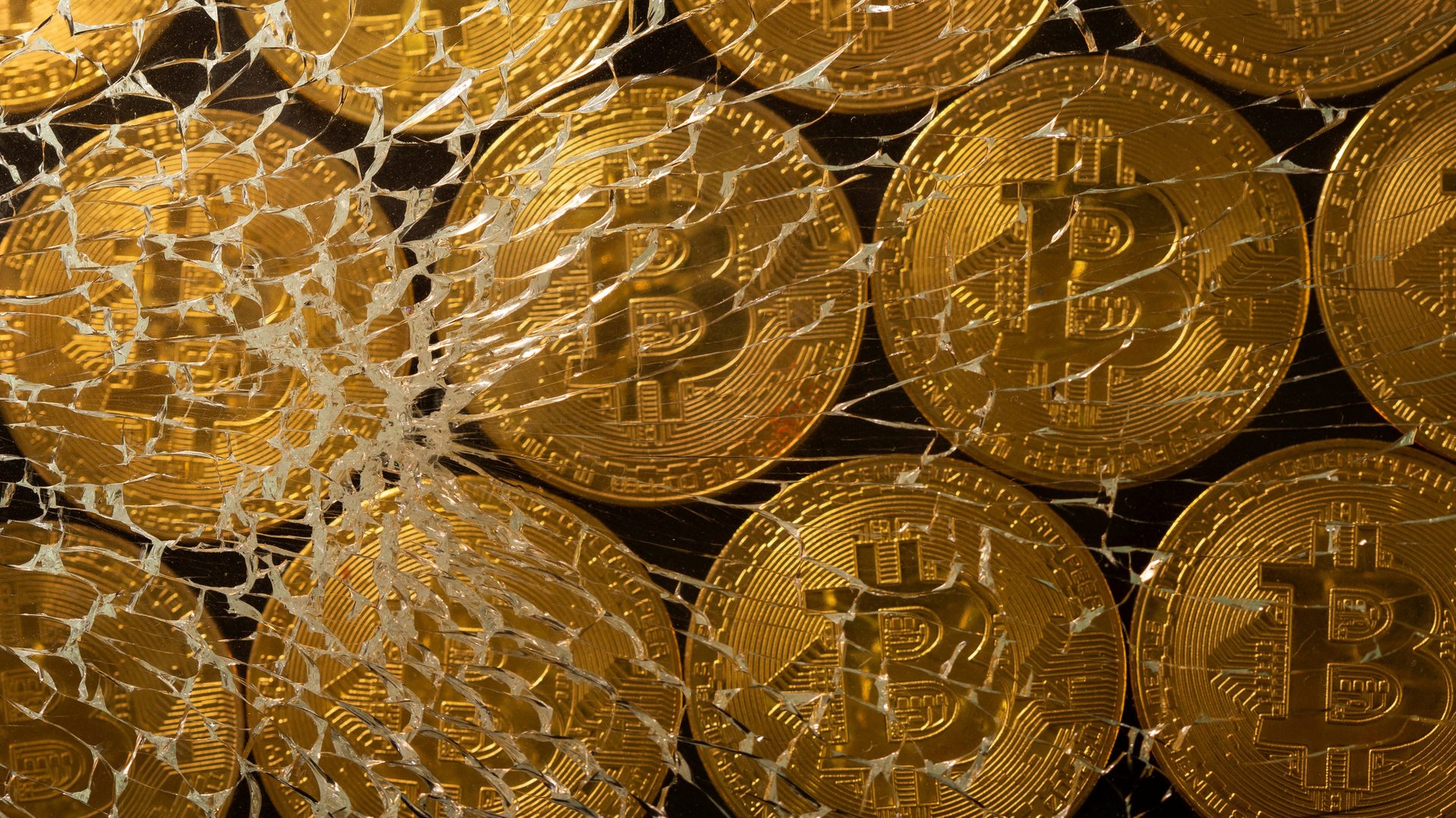Can bitcoin help Indians hedge against rising inflation?
So far, Indian investors may have flocked to cryptocurrencies in the hope of windfall returns or out of curiosity. But soon, they may be in for some real economic benefits from these bets, especially given the country’s economic environment.


So far, Indian investors may have flocked to cryptocurrencies in the hope of windfall returns or out of curiosity. But soon, they may be in for some real economic benefits from these bets, especially given the country’s economic environment.
Investment in bitcoin, the most popular cryptocurrency, can work as a hedge against inflation, according to many fans of the digital coin. The argument, which was first made by bitcoin’s anonymous creator Satoshi Nakamoto in 2008, has been widely debated over the years. And while there is no definite proof of the hypothesis yet, there’s a reason why Indians may be curious about it right now.
Consumer price inflation in the country has remained higher than the Reserve Bank of India’s (RBI) target of 4% for most of last year. With global crude oil prices on the rise, there are concerns that inflation is likely to rise further in the near term. In addition, given the fact that the Indian central bank has been preoccupied with reviving growth in the Covid-hit economy, it like that managing inflation may not be its priority for a while.
Bitcoin as a hedge against inflation
Nakamoto’s argument about inflation is based on the belief that bitcoin will always be in limited supply.
Unlike paper currency, which can be printed by any central bank whenever it sees the need, bitcoin enthusiasts claim that only 21 million units of the digital token can be created. “Once a predetermined number of coins have entered circulation, the incentive can transition entirely to transaction fees and be completely inflation free,” Nakamoto had written in his popular 2008 paper (pdf) that outlined the conceptual and technical details of the electronic currency.
As of July 28, about 18.77 million bitcoins had been mined, which leaves 2.23 million to be brought into circulation.
On the other hand, when it comes to fiat money, there is no upper limit to how much a central bank can print.
With the Indian economy slipping into recession due to the Covid-19 pandemic, the RBI printed more rupees over the last year to boost consumption and trigger growth than it did a year ago. During 2020-21, the value of Indian banknotes in circulation increased by 16.8% (pdf) to Rs28.26 lakh crore ($381.1 billion), as against an increase of 14.7% in the previous financial year.
This increase in currency printing comes at a cost. When a currency is in greater supply, it fuels inflation because more money will buy the same amount of goods available. A central bank can increase or decrease the money in circulation depending on evolving macroeconomic conditions.
“There’s a crazy amount of money being printed right now, so the value of money is going down. Assets with limited supply, like bitcoin, real estate, or shares/stocks, those price tags are going up,” Oki Matsumoto, CEO of Tokyo-based financial services company Monex Group had said in January.
Does Satoshi Nakamoto’s bitcoin and inflation theory work?
It’s not just the RBI, the Covid-19 pandemic has compelled central banks across the world to inject trillions of dollars into their economies to boost growth. Many countries, including the US, resorted to printing money to provide aid to their citizens. With economies going back on track now, most countries are grappling with high inflation.
In June, the US consumer prices rose 5.4%, the fastest pace since 2008.
Meanwhile, the price of bitcoin surged to $63, 346.79 in April, as compared with $6,446.42 at the beginning of the pandemic last year.
It is believed that the value of bitcoin is based on people’s willingness to hold it. Since the digital token is not directly linked to any other asset such as oil or real estate whose prices rise along with consumer prices, an investor must assess costs of components that are used to create bitcoins, such as oil, shipping, or semiconductors.
“The kindling wood for inflation exists,” said Marc Chandler, chief market strategist at capital markets trading firm Bannockburn Global Forex. “One has to make a judgment about whether there’s sufficient spark. I’m still hesitant to think that Bitcoin tells us anything about high-frequency economic variables.”
Some analysts say cryptocurrencies are like gold whose value has increased well for millenniums. But unlike bullion, which is a wildly popular asset class in India, bitcoin is a tricky investment option for Indians.
Is investing in bitcoin and other cryptocurrencies safe for Indians?
Even though cryptocurrencies have been widely marketed and adopted by investors in India, the regulations for such investments are still unclear. This makes investing in any cryptocurrency very risky.
For about two years, between 2018 and 2020 banks in India were barred from transacting in cryptocurrencies. In March last year, the Supreme Court quashed the ban, which has led to a manifold rise in demand for virtual currencies in the country.
Last month, the RBI announced that it is considering a “phased introduction” of a central bank digital currency (CBDC).
However, on Aug. 2, the finance ministry said the government is still reviewing a report from 2019 that suggested a ban on cryptocurrency in India while authorising the RBI’s digital currency.